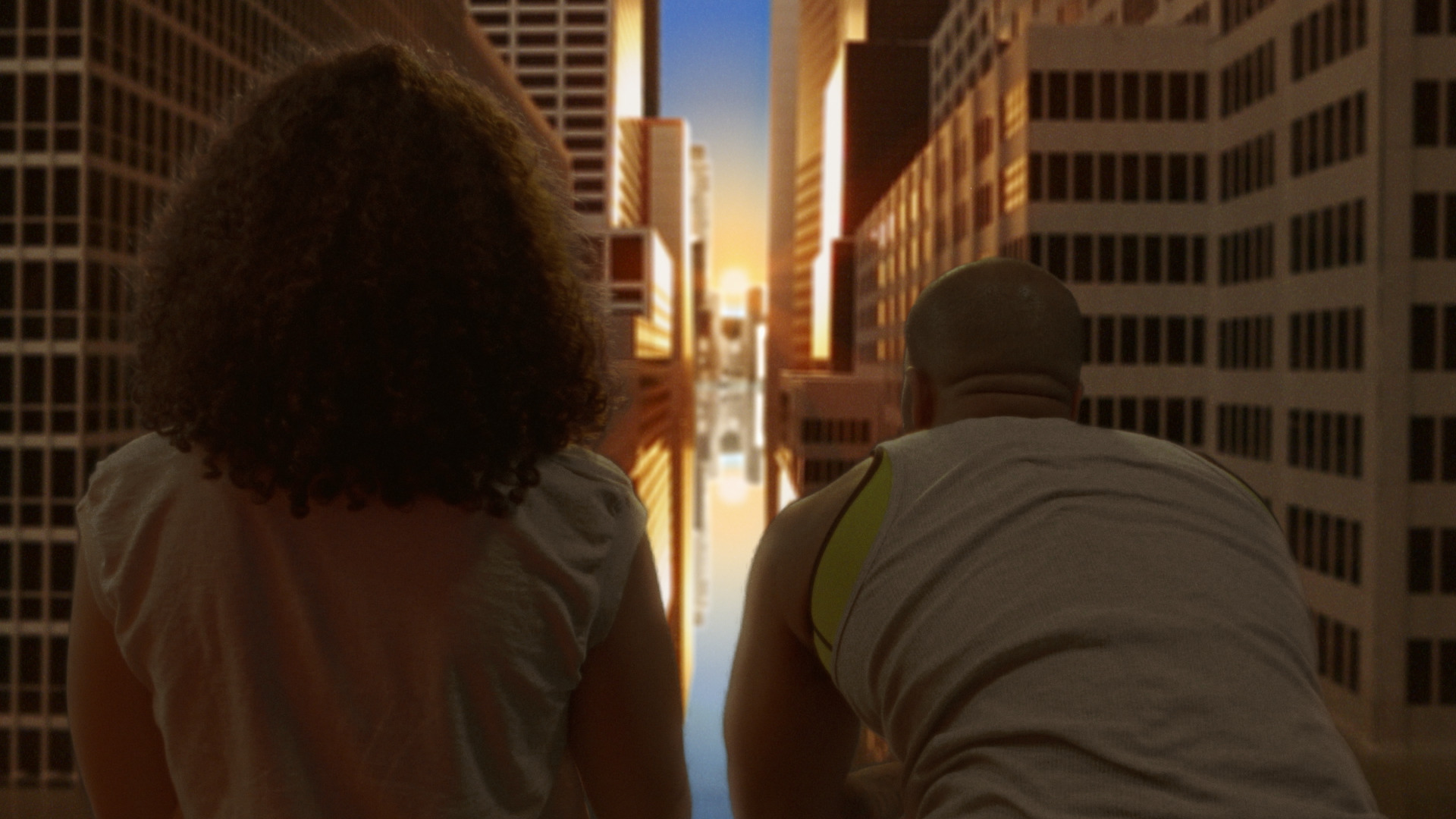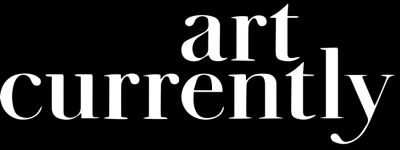Echoes of the Past and Future Perspectives in Two Exhibitions at Whitney Museum

And breathe, knowing we are truly blessed
because we were born and die soon within a
true circle of motion.
Joy Harjo, “Eagle Poem”
Waiting to greet you on the eighth floor of the Whitney Museum are three towering figures dressed in military gear and the faces of Teletubbies. Past a black-out curtain, in a bright orange room, there is a set-up of tents filled with non-perishables, rolls of toilet paper, and other supplies for survival. At the center of each tent a flat television screen plays speculative documentary interviews with essential workers from the future, empty folding chairs face the screens, an invitation seldom accepted. This is the world of Josh Kline. Kline’s Personal Responsibility, “a sculptural installation set in the future, in the aftermath of climate disaster,” is part of Project for a New American Century, the first U.S Museum survey of Kline’s work on view at the Whitney through August 13th.
In the next room, 3D printed human limbs fill Walmart shopping carts, lying among miscellaneous objects that seem to have been left behind in a hurry. Kline hired deliverers, restaurant waitstaff, and hotel room cleaners for the 3D scans that make up Blue Collars, a series which he began after the Great Recession of 2008. His bleak portrayal of the future that awaits us is unnerving in its simplicity. The objects are logical and unassuming, which gives one the primal feeling that something is deeply wrong. And like a grayscale version of The Truman Show, one gets the urge to pick at Kline's world until it peels off, to knock any of the plastic objects over and watch the entire thing crumble until the only thing that remains is the distant feeling that something is still missing.
In Kline’s future there is no earth. His sets, purposely brittle and sterile, prompt a disorienting fear that may not be enough to save us. Kline’s narrative takes place in a detached vacuum, coldly unconcerned with the earth (tree, soil, roots) itself. The realism of this exhibition asks the viewer to believe that all that will be left after the climate disaster is a single warehouse floating in space.

What of the trees? The long and complicated answer lies with Jaune Quick-to-See Smith. Memory Map, at the Whitney through August 13th, is Smith’s first New York retrospective and displays a life whose relationship to the earth has shifted across decades. Smith’s early works, a series of maps drawn in the late 1970s and early 1980s, offer the viewer a deeply intuitive view of the land. These maps, pastel on charcoal paper, are dreamy and surreal, drawn in the language of color, taste, sound. In her 1980 master’s thesis Smith writes, “Oceans, mountains, rivers, streams, and canyons defined territorial space before the advent of surveying and barbed wire…Songs, storytelling, poetry, symbols, dreams, and art are the essence of explanations for defining [Indigenous] people’s territories.” It is on this foundation, ephemeral yet stable, that Smith begins to redefine the ground beneath us as very much alive.
Speaking of Smith’s Map paintings, Joy Harjo has said “there are no easy boundaries or lines in this nation…words are powerful and create the reality of the world in which we live.” What will happen then, after the climate disaster alters the land beyond recognition? It is apparent in Smith’s work that the land will remain, even if we do not. “Trade Canoe for Don Quixote” depicts a long canoe filled with skulls and discarded litter floating across an acid river, a lizard sits atop the mountain of garbage triumphantly. Though Smith’s perspective is not optimistic, her constant portrayal of living animals surrounded by human skeletons feels just in observing that the land and many of its non-human inhabitants, though changed, will outlive us. Among Smith’s later works are a series of satirical plays on the American flag, she inextricably ties the stars and stripes with the logos of corporations such as Disney. One can sense the anxiety underneath both Kline and Smith’s works, about the future of the U.S empire and the land it occupies. Josh Klines’ take is immersive and threatening, perhaps this is the only language that some of us understand, a vocabulary driven by the fear of one’s own corporeality, of human parts dismembered and strewn among other discarded objects underneath fluorescent lighting. Jaune Quick-to-See Smith, oftentimes unconcerned with the human form, reminds us that the land is living and has agency. It has not forgotten itself in the way humans have, therefore it will survive. The land will take over, when it is time.

